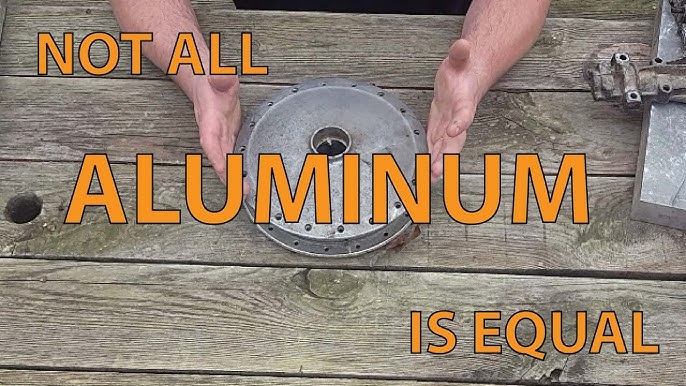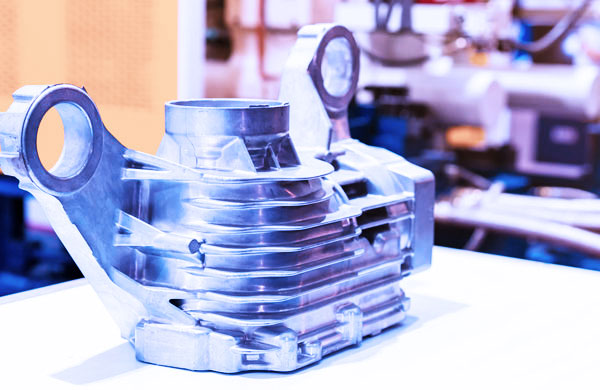Fascination About Stahl Specialty Company
Fascination About Stahl Specialty Company
Blog Article
The Only Guide to Stahl Specialty Company
Table of ContentsLittle Known Facts About Stahl Specialty Company.Some Known Details About Stahl Specialty Company Stahl Specialty Company Fundamentals ExplainedStahl Specialty Company Can Be Fun For EveryoneFacts About Stahl Specialty Company RevealedSome Of Stahl Specialty Company

If you're designing a steel product, you have actually likely considered using light weight aluminum as the base material. Pure light weight aluminum has actually limited applications, so it is frequently combined with various other elements, such as silicon, magnesium, and manganese to develop alloys.
Various aspects and amounts create a variety of preferable physical and chemical buildings. And the Light weight aluminum Organization (AA), based in North America, has actually developed specs that regulate light weight aluminum alloys' make-up, homes, and language. There are two sorts of aluminum alloys wrought and cast. Shop employees form these alloy kinds in different ways, which dramatically impacts their attributes.
The Ultimate Guide To Stahl Specialty Company
Cast aluminum alloys are made by melting pure aluminum and combining it with various other steels while in fluid kind. The mix is poured right into a sand, die, or investment mold. After solidification, the steel is eliminated from its mold and mildew. At this stage, it remains in either its final type or as a billet or ingot for additional processing.

For example, 160.0 represents a cast with a minimum of 99.60% light weight aluminum. The fourth number, which follows the decimal factor, defines if the alloy is a casting (xxx. 0) or an ingot (xxx. 1). Wrought aluminum alloys likewise begin by integrating liquified aluminum with other metals. Unlike cast alloys, nonetheless, they are created into their final form via procedures such as extrusion, rolling, and bending after the metal has actually strengthened right into billets or ingots.
There are many minor differences between wrought and cast aluminum alloys, such as that cast alloys can contain much more substantial amounts of various other steels than functioned alloys. The most notable difference in between these alloys is the manufacture procedure with which they will go to deliver the final item. In addition to some surface area treatments, cast alloys will exit their mold and mildew in almost the specific strong form desired, whereas functioned alloys will certainly go through a number of alterations while in their strong state.
If you assume that a functioned alloy may be the best for your project, take an appearance at some of our posts that describe more about particular functioned alloys, such as Alloy 6061 and Alloy 6063. On the other hand, if you believe a cast alloy would be better for you, you can discover more regarding some cast alloys in our Alloy 380 and Alloy 383 articles (coming quickly).
The Ultimate Guide To Stahl Specialty Company
When selecting a light weight aluminum foundry for your production requirements, it's important to study a number of variables. One of one of the most critical aspects to consider is the experience and proficiency of the shop. Aluminum Casting. Choosing a factory who has the best expertise of the aluminum casting procedure, and the profile to show for it, assists to have an effective end result for your job
Having the experience and market knowledge to engineer your castings for ideal manufacturing and top quality results will simplify the task. Producing aluminum castings calls for a facility collection of processes to achieve the ideal results. When choosing a brand-new light weight aluminum foundry to partner with, ensure they have considerable sector experience and are well-informed about all facets of the light weight aluminum spreading procedure: layout, production, product evaluation, and item screening.
The factory needs to also have a proven track record of delivering exceptional items that satisfy or go beyond consumer assumptions. Quality assurance ought to likewise be at the top of your list when choosing an aluminum foundry. By working with a certified shop that complies with the requirements for quality assurance, you can shield the honesty of your item and ensure it meets your specs.
By choosing a firm who uses solutions that meet or exceed your item demands, you can be certain that your project will be finished with the utmost precision and effectiveness. Different components require various production methods to cast aluminum, such as sand casting or pass away casting.
The Ultimate Guide To Stahl Specialty Company
Die spreading is the name provided to the process of producing intricate metal elements with use molds of the component, also called dies. The process makes use of non-ferrous steels which do not consist of iron, such as aluminum, zinc and magnesium, due to the desirable residential properties of the steels such as low weight, higher conductivity, non-magnetic conductivity and resistance to rust.
Pass away spreading manufacturing is quickly, making high production levels of elements very easy. It generates even more components than any other procedure, with a high level of precision and repeatability. To get more information concerning die casting and die casting products used while doing so, kept reading. There are 3 sub-processes that drop under the category of die casting: gravity pass away spreading (or permanent mold and mildew casting), low-pressure die spreading and high-pressure die spreading.
No matter the sub-process, the die casting process can be broken down right into six steps. After the pureness of the alloy is examined, dies are developed. To prepare the needs spreading, it is necessary that the dies are clean, to make sure that no residue from previous productions remain. After cleaning, the ejection lubrication is related to the die to make sure a smooth release.
Getting My Stahl Specialty Company To Work
The pure steel, likewise referred to as ingot, is contributed to the furnace and maintained at the molten temperature level of the metal, which is after that moved to the injection chamber and infused right into the die. The pressure is then maintained as the steel solidifies. Once the steel strengthens, the cooling process begins.
(https://www.40billion.com/profile/501088413)
The thicker the wall surface of the part, the longer the cooling time due to the quantity of indoor steel that likewise requires to cool down. After the part is completely cooled, the die halves open and an ejection system presses the element out. Complying with the ejection, the die is shut for the following shot cycle.
The flash is the added product that is cast throughout the process. Deburring removes the smaller sized pieces, called burrs, after the cutting procedure.
More About Stahl Specialty Company

Zinc is one of the most previously owned content alloys for die spreading due to its lower cost of raw products. Its rust resistance also permits the elements to be lengthy enduring, and it is one of the much more castable alloys due to its lower melting factor.
As pointed out, this alloy is among one of the most commonly made use of, yet produces will, sometimes, pick light weight aluminum over zinc due to light weight aluminum's production advantages. Light weight aluminum is highly affordable and one of the more functional alloys. Aluminum is made use of for a number of various products and sectors anything from home window frameworks to aerospace materials.
Report this page